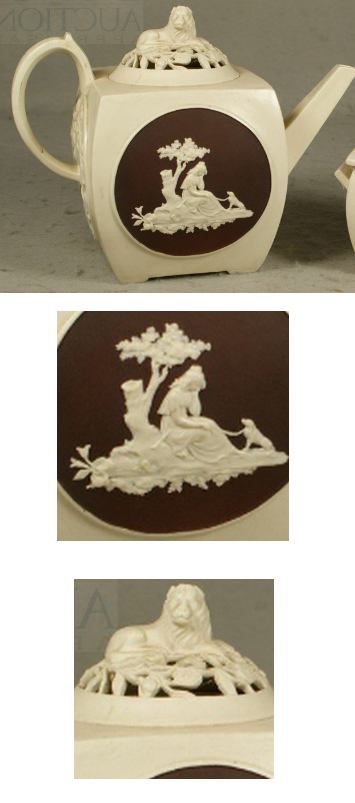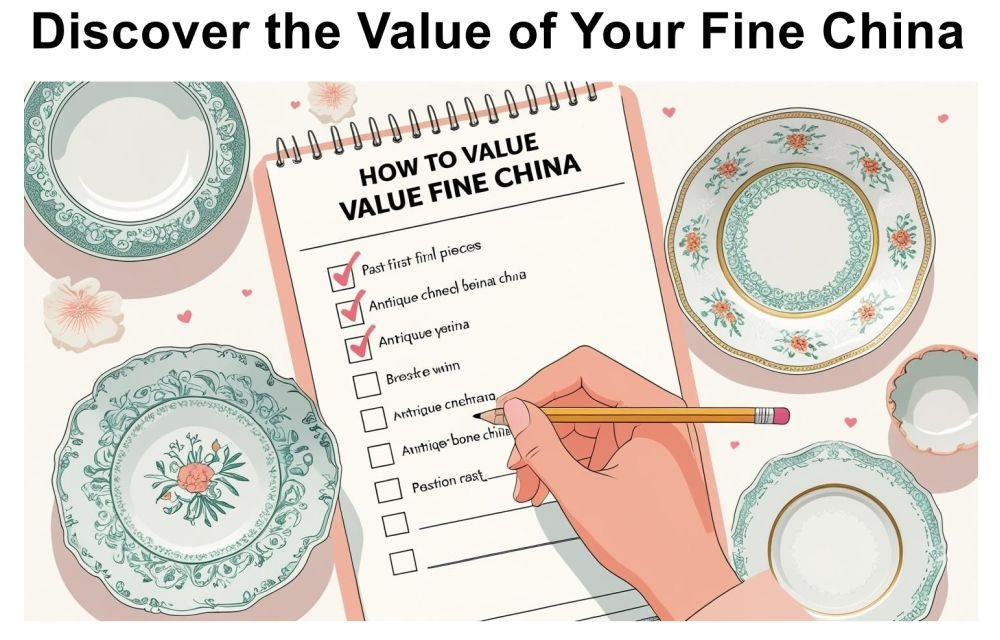Antique and fine china query - jasper ware style Serpent jug - John Turner of Lane Ends c.1785-1800?
by Sara
(UK)

Antique and fine china query - jasper ware style Serpent jug - John Turner of Lane Ends c.1785-1800?
Antique and fine china query - jasper ware style Serpent jug - John Turner of Lane Ends c.1785-1800?:- I have acquired a very captivating little jug, 10 cm tall. It appears to be porcelain with sprig-moulded designs (curious angel scenes) to both sides and front (two doves at a water fountain). It is finished in turquoise. It is in marvellous condition - no breaks or chips, as I am presuming it is quite old. It has no identifying marks and I would love to know its story; where and when was it made and by who? A scrap of information on the internet suggested it may be by John Turner of Lane Ends circa 1785-1800?
Sara
=======================================
Please contribute to this thread by writing in the comments section below – just scroll down...
 |
Hi Sara
I am not sure why you didn't upload a photo of the base - even if there wasn't a mark.
This is a very cute teapot and first thing to say is I like the design of it very much. However, the potting of it shows a little lacking in sophistication. If this is 18th century then perhaps this is understandable. Maybe?
Maybe not in this case.
I wasn't all that familiar with John Turner of the 18th Century, so I did some reading and research.
It appears he was a sophisticated maker of very fine delicately produced wares and seemed to mark his wares clearly (according to what I could find in Goddens). He even had a very sophisticated Prince of Wales feathers pottery mark designed to celebrate and publicise the fact that he had been patronised by the son of the Queen.
So although this is 18th century, we are not talking primitive Staffordshire ware here at all, we are talking sophisticated, delicate finery.
Apparently he was a very clever person and a top man of the time - a friend and business rival of J Wedgwood. The difference was there was no one of talent to take over his firm once he died in 1787. His two sons tried to carry it forward, but by 1806 the concern had petered out.
Below is a photo of a jasper type teapot by John Turner....

So my questions to you would be - where is the mark on your teapot? If no mark, why no mark? Is it early ware? Did he sometimes not mark wares? Why is this jasper piece glazed? Jasper isn't usually glazed - that's what Jasper is, isn't it? - unglazed so as to display the crisp detailed sprig modelling carried out by absolute masters of the age? Why does your teapot look so much more primitive/naive than the Turner teapot in the photo? Is it just the thick over-glaze that makes it look less well potted than a normally more sophisticated potting of John Turner? Or is it that the sprigging looks softened by overuse of the plaster mould as well as by the glaze? This seems to me primitive potting as it's cheaper to keep using the same mould too many times rather than only using it 15 to 20 times. Too primitive for someone of the standards of John Turner.
As a maker of expensive bone china in Staffordshire myself using traditional methods Turner would recognise, I am dealing with quality control every day. If someone showed me this overglazed pot with worn sprigging I would be flabbergasted.
Seems to me from what little I know Turner wasn't into bad potting practices at all either.
He was a clever man of high morals and high standards who ran a tight ship - tight enough to gain Royal Patronage in a very fussy and eloquent age.
As I say, I know little or nothing about Turner, but it seems just simple logic that primitive potting and John Tuner do not go together. For him to make a pot that looks like this would be to say he let questionable, if not shoddy, practices go.
Nothing indicates to me this could come out of a John Turner studio in its pomp. It was either very early and he was still learning (unlikely as from an early age he was a highly educated person writing his secret formulas and recipes in French so as to remain unread by others close at hand), or much later when he no longer had his hands on, or after he had died.
I don't know, but things just don't add up for this tea pot to be John Turner of Lane End (later to be re-born as the bone china centre known as Longton). However, this is just a hunch which I would love to be properly educed about, so please post if you have any information or help to give.
Peter (admin)
p.s. The following page is a 'must see' if you are researching fine china - for value and identification:-
Researching the identity and value of antique and vintage fine china.
Comments for Antique and fine china query - jasper ware style Serpent jug - John Turner of Lane Ends c.1785-1800?
|
||
|
||
|
||
|
||
|
||

Inherited a china set?... Download my free 7-point checklist to instantly assess its potential value.
From the Studio
• Peter Holland Posters
• Sculpture Studio



